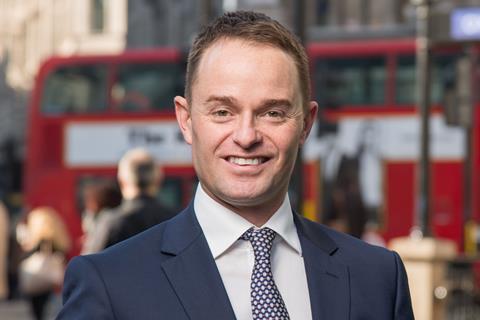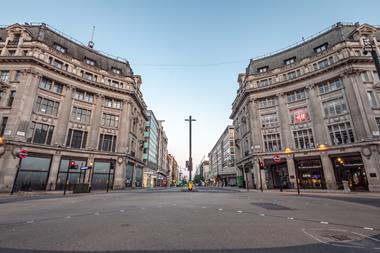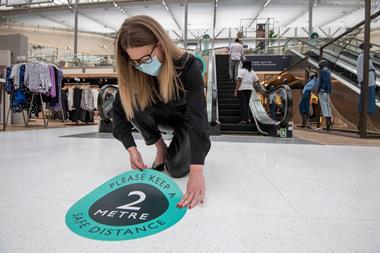The government is being urged to relax the two-metre rule on social distancing ahead of shops reopening on June 15. As scientists debate whether or not a change would be safe, industry experts offer their views.

Richard Hyman, strategic adviser and founder of Richard Talks Retail
I clearly have no medical knowledge about the health arguments around one metre or two and social distancing. What I am certain of is that at two metres, it will be virtually impossible for non-food retailers opening next week to avoid losses. The reasons are very simple.
The end of the ‘cost holiday’ enjoyed by retailers will be triggered by those stores being opened. Staff will come off furlough, and the legal and moral justification for withholding payments to landlords and suppliers will disappear too.
Moreover, ensuring social distancing will require additional costs. These include managing footfall inside and externally, installing safeguarding equipment, screens, sanitisers and deep cleaning. Spend may well be higher, but it is inconceivable that the hike will be sufficient to compensate.
Will the numbers change if the distance is cut in half? It will certainly help, but the enforced reduced footfall will still leave numbers in negative territory for most retailers. Many will opt for a phased reopening. The likely negative experience from this first phase will dissuade lots from opening too many more before more normal footfall patterns can be expected.

Jace Tyrrell, chief executive, New West End Company
Our role is to make sure that the district is a safe environment to return to for our customers and colleagues, but we must ensure that businesses feel confident they can trade sustainably.
The historic character of the West End means that many stores are trading from smaller footprints, and need the freedom to responsibly adapt social distancing guidelines to keep colleagues and customers safe. They need clear guidelines, not restrictions.
We’ve worked closely with our members to implement robust measures, including increased signage and queuing aids outside of stores to adhere to social distancing guidelines. But there is no denying that enforcing two-metre social distancing will have a disproportionate effect on the retail sector, particularly for our leisure and hospitality businesses.
For many, it is the difference between trading at 30% compared with 70%, if social distancing was reduced to a one-metre interaction. Christmas will play a critical role in our members’ recovery plans but enforced two-metre social distancing may see 50% less trade in peak trading season.
That is why we are calling on the UK government to implement World Health Organisation (WHO) guidelines on one-metre distancing guidelines, and consider other ways to keep people such as a focus on sanitisation and hygiene.

Luke Tugby, editor, Retail Week
Although I have a lot of sympathy for the retailers, bars and restaurants pushing for social distancing measures to be relaxed, now is the time for us all to do what we have been urging the government to do throughout this crisis: follow the science.
The WHO says a distance of at least one metre is safe. But according to a study published in The Lancet, the risk of being infected is estimated to be 13% within one metre, compared only 3% beyond that distance. That’s a significant difference, particularly in a country with one of the worst infection rates in the world.
The relative unknown in this debate is whether there would even be enough of a benefit from reducing the distance to one metre. Yes, retailers would be able to fit more people into their stores at any given time, but the move could serve to reduce footfall to retail destinations more generally.
If anything, knowing that I was going to be stood in closer proximity to strangers – at a time when we still don’t have a vaccine – would make me less likely to return to high streets or shopping centres. Depending on the psychology of the consumer, reducing two metres to one could actually have an adverse impact on stores.
Whatever the outcome, the health and wellbeing of colleagues and customers have to come first.


























3 Readers' comments